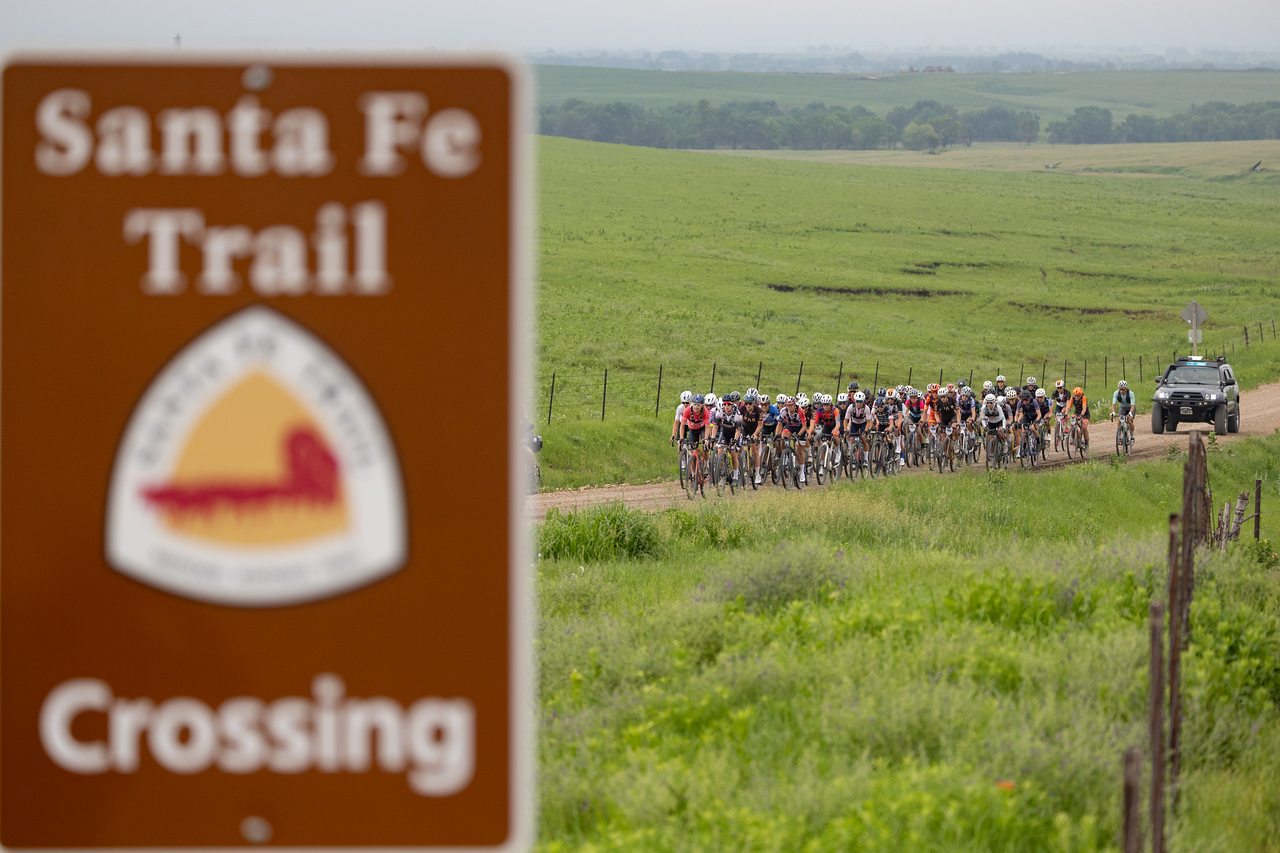Josh Sens
;)
With moderate green fees and a high-pedigree design, the Northern California Golf Association’s new course is rarity in public-access play.
Subtletees Golf
At a time when most new courses are centerpieces of private clubs or add-ons to top-dollar resorts, Poppy Ridge is a welcome exception—a high-pedigree, public layout priced for everyone. On rolling terrain in Livermore, Calif., about an hour east of San Francisco, the architect Jay Blasi (his recent credits include a first-rate restoration of Golden Gate Park Golf Course in San Francisco) took the best land from three existing nines to create a compelling 18-hole design that opens to daily-fee play weekend. To coincide with that ribbon-cutting, here’s everything you need to know about a course that ranks among the most significant newbies of the year.
It’s the sibling course of a former Tour stop
Poppy Ridge belongs to the Northern California Golf Association, which also owns Poppy Hills in Monterey, Calif., formerly a part of the AT&T Pebble Beach Pro-Am rota. Like Poppy Hills, Poppy Ridge offers discounts to the NCGA’s 220,000-plus members, who can play it for as little as $70 on weekdays. For non-NCGA members, rates max out at $175.
It’s a great walk
Poppy Ridge has been a relative bargain since its birth in 1996. But its original three nines were undermined by severe shifts in elevation and endurance-hikes between holes. Blasi got rid of those egregious features. In his new routing, the 18-hole walk is a mile-and-a-quarter shorter than it was before, and while there’s still plenty of movement from tee to green, the transitions have been mellowed (there’s now 400 less elevation change across the property). And a course that once cried out for you to take a cart now counts as a great place to hoof and carry.
It includes an artful Golden Age homage
Course design doesn’t happen in vacuum. Influences flow back and forth. On the par-3 3rd, which plays anywhere from 106 yards to 197 yards, the mounds and ridges behind the green mirror the outline of hills in the distance—a cap-tip from Blasi to the famed Canadian designer Stanley Thompson, whose heralded Golden Age work at Jasper Park Lodge Golf Course in Alberta includes green complexes that match their Rocky Mountain backdrop. At Poppy Ridge, this nifty flourish serves an extra aesthetic function: it hides a man-made pond (like a lot of architects, Blasi dislikes artificial water features) that sat in plain view in the old design.
It’s a flexible design
According to the scorecard, Poppy Ridge plays 4,225 yards from its most forward tees and 7,010 from the back. But Blasi also made room for an even lengthier set of tees, meant not for daily play but for the NCAA events and other tournaments that the course intends to host. From those boxes, it’s a 7,350-yard par-70 design.
The ground game reigns
On the old Poppy Ridge, pushed-up greens, forced carries and fronting bunkers made the aerial game essential. The new course flips that script, with ground-game pathways to most targets and bouncy turf that allows for inventive attacks.
Making birdies is easier than losing balls
As on a links, the wind can blow at Poppy Ridge, and the course has ample fairways to accommodate. The challenge here isn’t finding your ball, it’s figuring out how to best play it next. Pick from the right tees, and you’ll likely wind up pulling every club in your bag and putting up a variety of numbers. There are plenty of brawny holes, but also reachable par-5s and — again, depending on where you peg it— drivable par 4s, including the wildly entertaining 6th, with an elevated punchbowl-green inspired by the 12th hole at a country course in New Zealand called Waverley Golf Club.
;)
Josh Sens
Golf.com Editor
A golf, food and travel writer, Josh Sens has been a GOLF Magazine contributor since 2004 and now contributes across all of GOLF’s platforms. His work has been anthologized in The Best American Sportswriting. He is also the co-author, with Sammy Hagar, of Are We Having Any Fun Yet: the Cooking and Partying Handbook.















